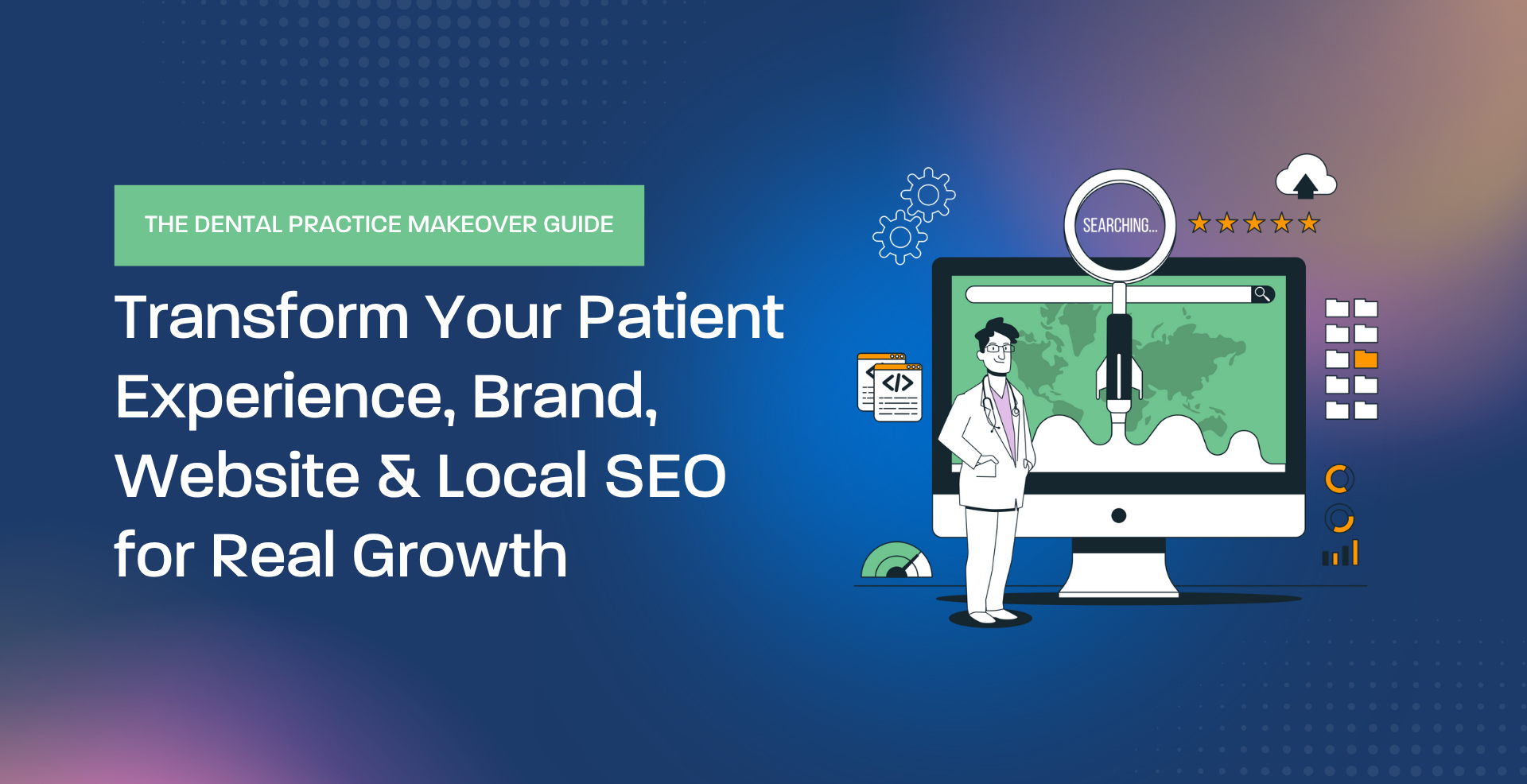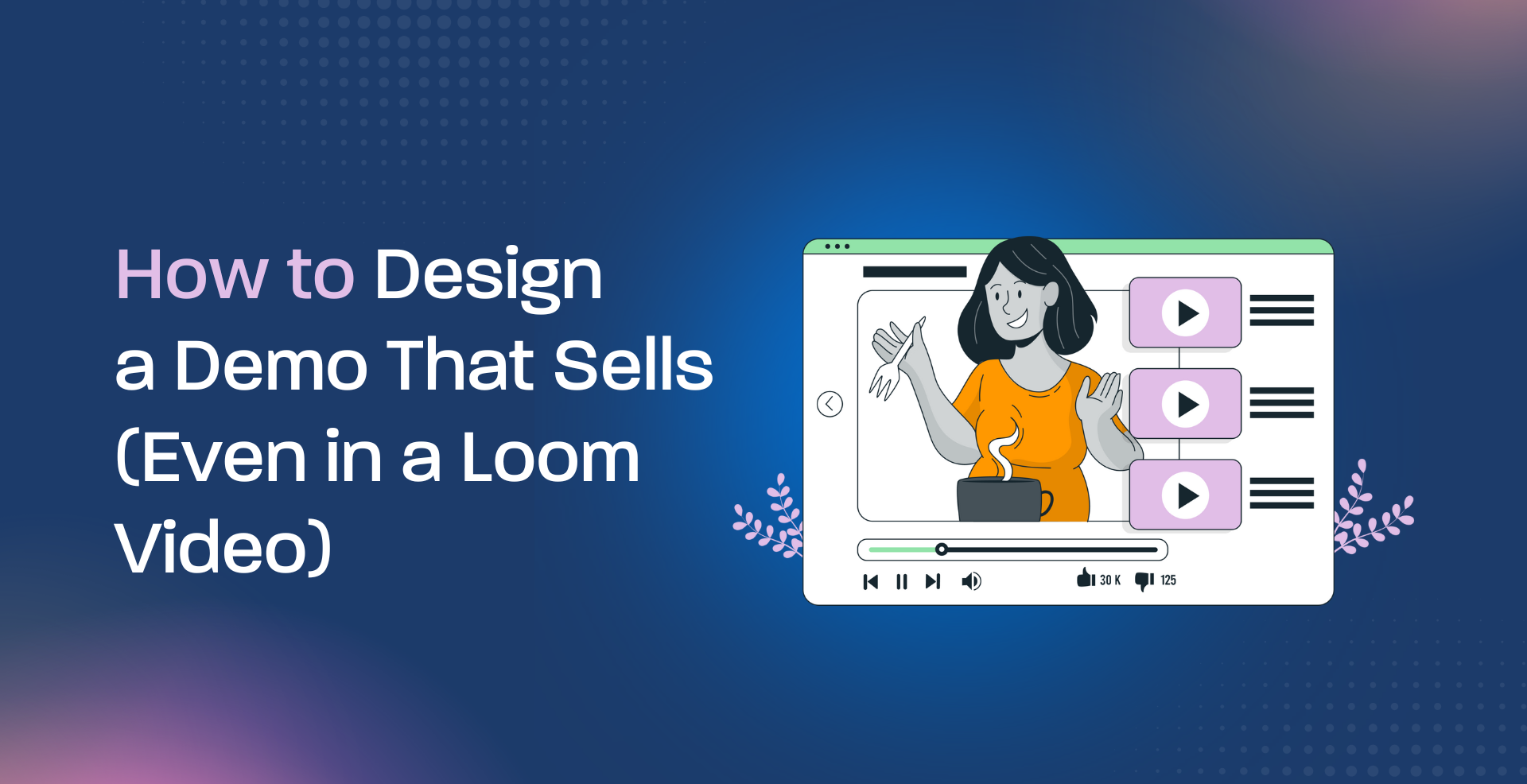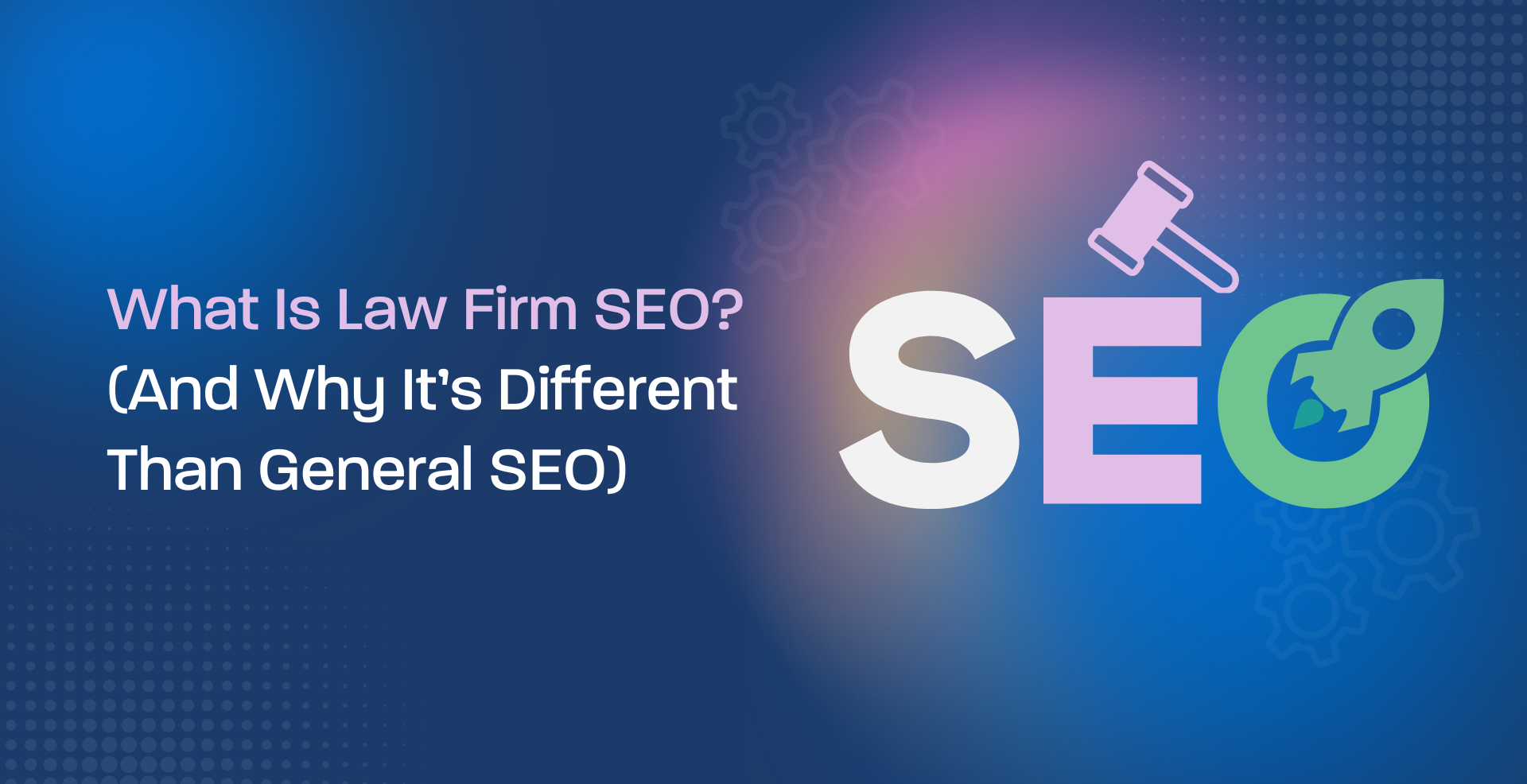What does it take to make your small business stand out in a crowded market?
A powerful message that resonates with your target audience. Or something more than just w0rd5?
You see, effective copywriting is not just about writing compelling words on paper; it’s about crafting a narrative that speaks directly to your customers, addresses their pain points, and drives them towards action. It’s the art of persuasion, where you use language to evoke emotions, build trust, and ultimately convince people to take action. EMOTION is what takes the attention!
By mastering this skill, small business owners can increase their online visibility, boost sales conversions, and establish a lasting connection with their customers. The GFG team will discuss the SME copywriting trick in our vintage GeekMode style!
TLDR: Geeks For Growth has a free guide titled – A Guide to Successful white-label Partnerships which focuses on why agencies are increasingly turning to partners for design services, valuable insights into how these partnerships can be developed, and all you need to know before making the key decision to enter a white-label partnership with a partner like Geeks For Growth.
Understanding Your Target Audience and Their Needs
Who Are Your Ideal Customers in 2025?
Understanding your target audience is crucial in business. It’s the foundation on which you build your marketing strategy, product development, and overall success.
Identifying your ideal customers means knowing who they are, what problems they’re facing, and how you can help solve those issues.
Let’s say you run a fitness studio. Your ideal customer might be someone in their 30s or 40s who is struggling to find time for exercise due to work and family commitments. They need guidance on creating an efficient workout routine, plus motivation and accountability.
It’s not just about demographics; it’s also about psychographics – understanding what drives them, what they value most, and how you can speak directly to their needs.
For example, if your ideal customer is a busy professional mom who prioritizes family time over self-care. They might be looking for workouts that can be done at home or online so they don’t have to sacrifice quality time with loved ones.
By knowing your ideal customers inside and out, you’ll create marketing messages that resonate, develop products that solve real problems, and build a loyal community of followers who appreciate what you do.
What Do They Need or Desire?
Understanding your target audience is crucial in creating a product or service that meets their needs and expectations.
The first thing to consider is what they need. This can be a basic requirement like providing a solution to their problem.
For instance, if you’re an online retailer selling clothing, your target audience may need affordable yet stylish options for casual wear. Similarly, customers might require reliable delivery services and easy returns.
Going beyond the basics, understanding what they desire is also essential. This can be about their values and aspirations.
For example, if you’re launching a fitness app, your target audience may not only need a tool to track workouts but also want to see progress visually or get personalized coaching.
In essence, understanding your target audience requires identifying both the necessities they require as well as what would truly make them happy.
Identifying Common Pain Points and Goals
Getting clear on who your target audience is and what they need can be the key to building successful relationships with them.
The main challenge is that often, we don’t really understand our customers’ struggles or what drives their decisions. This makes it hard to provide value and build trust with them.
For instance, a business owner might think they’re providing excellent customer service when in reality their clients are frustrated with the lack of personalized support or lengthy response times. Another example is creating products that solve problems others aren’t aware they have yet.
So how do you get to know your target audience better? Start by asking questions and actively listening to their answers, gathering feedback through surveys or focus groups, and analyzing data about their behaviors online.
For example, ask yourself what are the most common pain points we hear our customers mentioning when we talk. What do they say are the biggest obstacles in achieving their goals? Are there any patterns you see among your audience that could guide your product development or marketing efforts?
By taking the time to truly understand your target audience’s needs and challenges, you’ll be better equipped to provide solutions that resonate with them and build strong relationships built on trust.
Crafting Compelling Headlines and CTAs in 2025
Use Your Unique Selling Proposition (USP)
Crafting compelling headlines and CTAs is crucial to grab attention, drive conversions, and ultimately succeed in marketing.
To make your headlines and CTAs stand out from the crowd, you need a clear understanding of what sets you apart. This is where your Unique Selling Proposition (USP) comes into play.
Think about it like this: If everyone else is offering generic services or products, but yours solves a specific problem in a unique way, then that’s your USP. Maybe you offer personalized coaching sessions for busy entrepreneurs, while others just provide cookie-cutter advice.
If you’re struggling to find what sets your business apart, try asking yourself questions like: What makes my product or service better than the rest? What problem do I solve in a unique way?
Once you’ve identified your USP, use it as the foundation for crafting compelling headlines and CTAs.
For example, if your coaching services focus on helping entrepreneurs achieve work-life balance while building successful businesses, then your headline might be: “Find Freedom in Your Schedule with Our Expert Coaching Services”
Or if you’re selling a product that helps people overcome chronic pain, the CTA could be: “Say Goodbye to Chronic Pain and Get Back to Living Life on Your Own Terms.”
When crafting compelling headlines and CTAs, remember that your USP is what sets you apart from others in the market. Use this unique selling proposition as the core of your messaging, and don’t be afraid to stand out from the crowd with bold claims that speak directly to potential customers’ needs and pain points.
Focus on Benefits, Not Features Alone
When crafting compelling headlines and CTAs, many marketers make the mistake of focusing too much on features alone.
This is because they assume that listing a product’s specs or highlighting its benefits will automatically resonate with their audience.
Take for instance an ad promoting a new smartphone. Instead of saying “Get our newest 5G-enabled phone”, it simply says “Stay connected on-the-go with lightning-fast speeds”. The second one speaks directly to the user’s needs and wants, whereas the first only lists features.
Another example is when describing software as having “the latest AI-powered algorithms” without explaining what that means for the customer. This might not grab their attention.
Instead of focusing on features alone, it’ s more effective to focus on benefits. This way you can show your audience how your product or service will make them feel or help them achieve something.
For example, instead of saying “Our new skincare line is rich in antioxidants”, say “Get the radiant glow you deserve with our antioxidant-rich skincare products”. The second one paints a picture and speaks to the customer’s desires.
By focusing on benefits rather than just features, your headlines and CTAs will be more attention-grabbing and effective at driving conversions.
Make It Scannable with Keywords and Emphasis
When it comes to crafting compelling headlines and CTAs, we want people to stop scrolling, take notice, and actually click on our content.
To make your headlines scannable with keywords and emphasis, you need to create a sense of urgency or curiosity that grabs the attention of your reader. You can do this by using action words like “Get”, “Learn”, “Discover” or asking questions like “What if?” or “Why not?”
Here are some tips to get you started…
Use keywords strategically:
You’ve heard it before, but using the right keywords in your headline can make a huge difference. It’s like giving Google permission to highlight what your content is all about.
Example: Instead of “New Marketing Strategies”, try “Unlock New Marketing Strategies for Business Growth”
Emphasize benefits over features:
People don’t care about the specifics, they care about how something will benefit them. So instead of listing off features, focus on what those features can do.
Example: Instead of “Our new software has advanced analytics and automation”, try “Boost Your Sales with Advanced Analytics and Automation”
Make it short and sweet:
You’ve only got a few seconds to grab attention. Keep your headlines concise, clear, and easy to read.
Example: Instead of “Learn How to Increase Website Traffic Using Our Proven Strategies”, try “Boost Your Site’s Visibility Today!”
Writing Engaging and Persuasive Copy with Examples
Crafting Compelling Headlines with Attention-Grabbing Hooks
When it comes to writing an engaging copy, the headline is often the first thing people see. And if your headline doesn’t grab their attention, they’re likely to keep on scrolling (till they keep scrolling until next year starts!).
Crafting compelling headlines with attention-grabbing hooks is crucial in today’s fast-paced digital landscape. A good hook can make all the difference between getting your message read or ignored.
Here are some tips and examples to help you create a killer headline:
Use questions: Asking a question in your headline is an effective way to pique someone’s interest. For instance, “Are You Tired of Feeling Stressed Out?”
This type of hook encourages the reader to engage with your content by making them curious about the answer.
Make it dramatic: Using words or phrases that evoke emotions can make your headline stand out from the crowd. For example, “The Shocking Truth About “
This kind of hook creates a sense of urgency and curiosity, which is likely to get people clicking on your content.
Use humor: Adding a bit of humor to your headline can make it more memorable and shareable. For instance, “Why You’re Not As Funny As You Think (And What To Do About It)”
This type of hook uses wit and wordplay to create an entertaining headline that people will want to read on.
By incorporating these strategies into your writing, you’ll be well on your way to crafting compelling headlines that grab attention and drive engagement.
Writing Persuasive Body Copy that Speaks Directly to Your Audience!
Writing engaging and persuasive copy isn’t easy, but it’s a crucial part of marketing your product or service.
One key to writing effective body copy is to speak directly to your audience in their language.
For instance, if you’re targeting busy professionals who are looking for a quick and healthy breakfast option, use words like “convenience,” “time-saving,” and “wholesome” that they’ll understand. Avoid using overly technical or industry-specific jargon that might confuse them.
If your audience is made up of young parents searching for the best way to get their kids to eat veggies, you could speak directly to them by highlighting how easy it is to prepare healthy meals with a busy schedule and little ones in tow.
Another important thing to remember when writing persuasive body copy is that less can often be more. Avoid overwhelming your readers with too much information or trying to cram every single feature of your product into the copy.
Instead, focus on one key benefit or unique selling point and use storytelling techniques to bring it to life in a way that resonates with your audience.
For example, if you’re promoting a new line of eco-friendly cleaning products, instead of listing all the different types of cleaners available, share a story about how switching to these products has made a real difference for someone who cares deeply about the environment.
Using Social Proof and Emotional Storytelling Techniques
When writing engaging and persuasive copy, using social proof and emotional storytelling techniques can be a game-changer. This is because people are naturally drawn to others who have had similar experiences or achieved similar results. [Our Head editor does the same]
One way to incorporate social proof into your copy is by highlighting customer testimonials that showcase the benefits of your product or service.
For example, if you’re writing a sales letter for a fitness program, you could include quotes from satisfied customers who’ve lost weight and seen improved health as a result. This helps potential customers envision themselves in their shoes.
Another technique is to use emotional storytelling by sharing your own personal experience or the story of someone like them.
For instance, if you’re writing a copy for a charity organization, you could share the story of a person who benefited from their services. This creates an emotional connection with potential donors and makes them more likely to take action.
By incorporating social proof and emotional storytelling into your copywriting strategy, you can create persuasive content that resonates with your audience on multiple levels.
Measuring the Success of Your Copywriting Efforts
Great copywriters don’t focus on themselves, they focus on their audience. And that’s exactly what you should do too. Stop measuring your success by how many likes or comments you get on social media. Instead, track the metrics that truly matter – conversions, sales, and revenue growth.
By doing so, you’ll be able to see the tangible impact of your copywriting efforts on your business. You’ll know whether your words are resonating with your audience and driving them to take action. And most importantly, you’ll be able to make data-driven decisions that propel your business forward.
So, don’t get caught up in vanity metrics. Stay focused on what truly matters – driving results for your business. Take the guesswork out of copywriting and start measuring success the right way.






